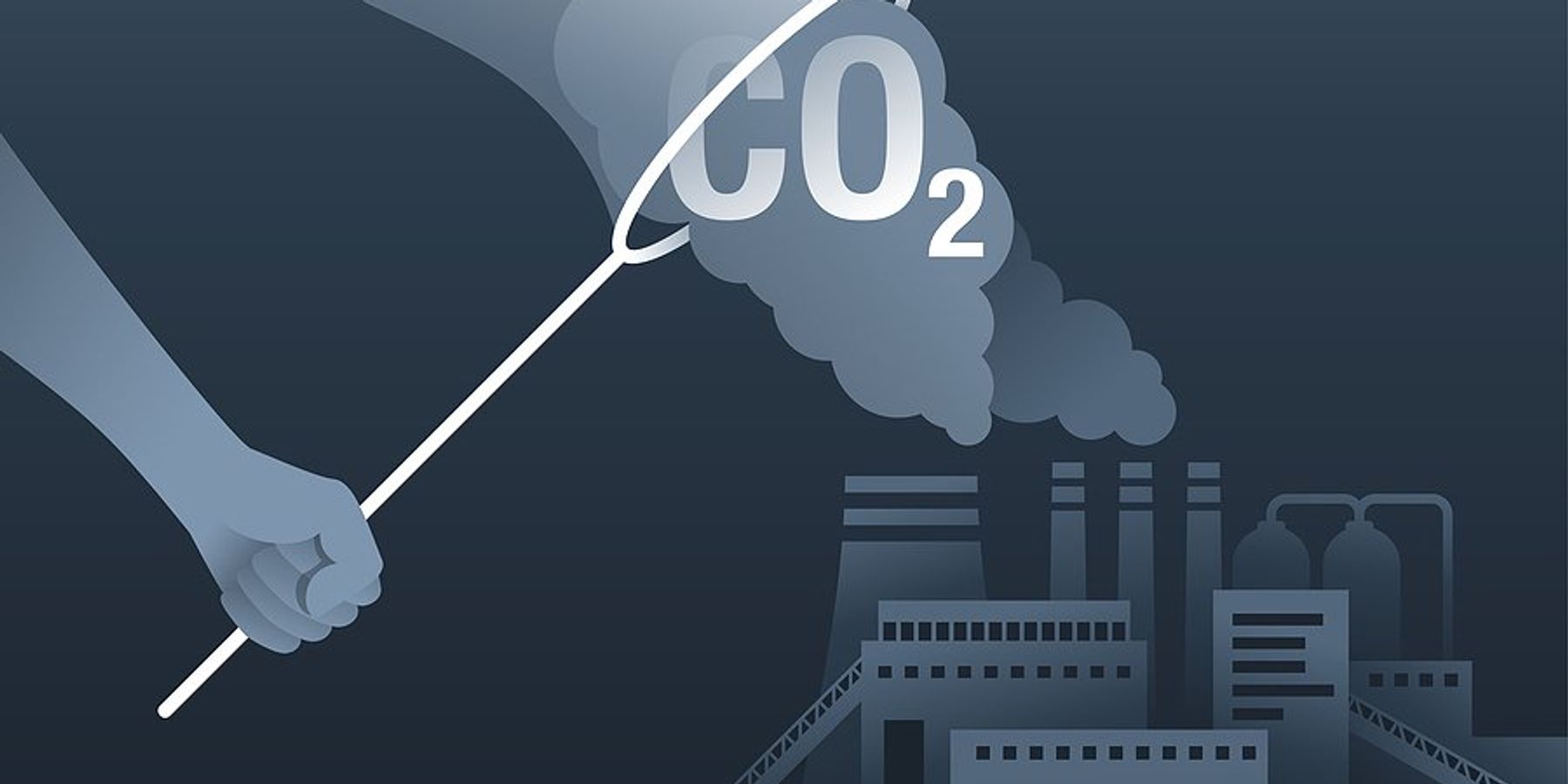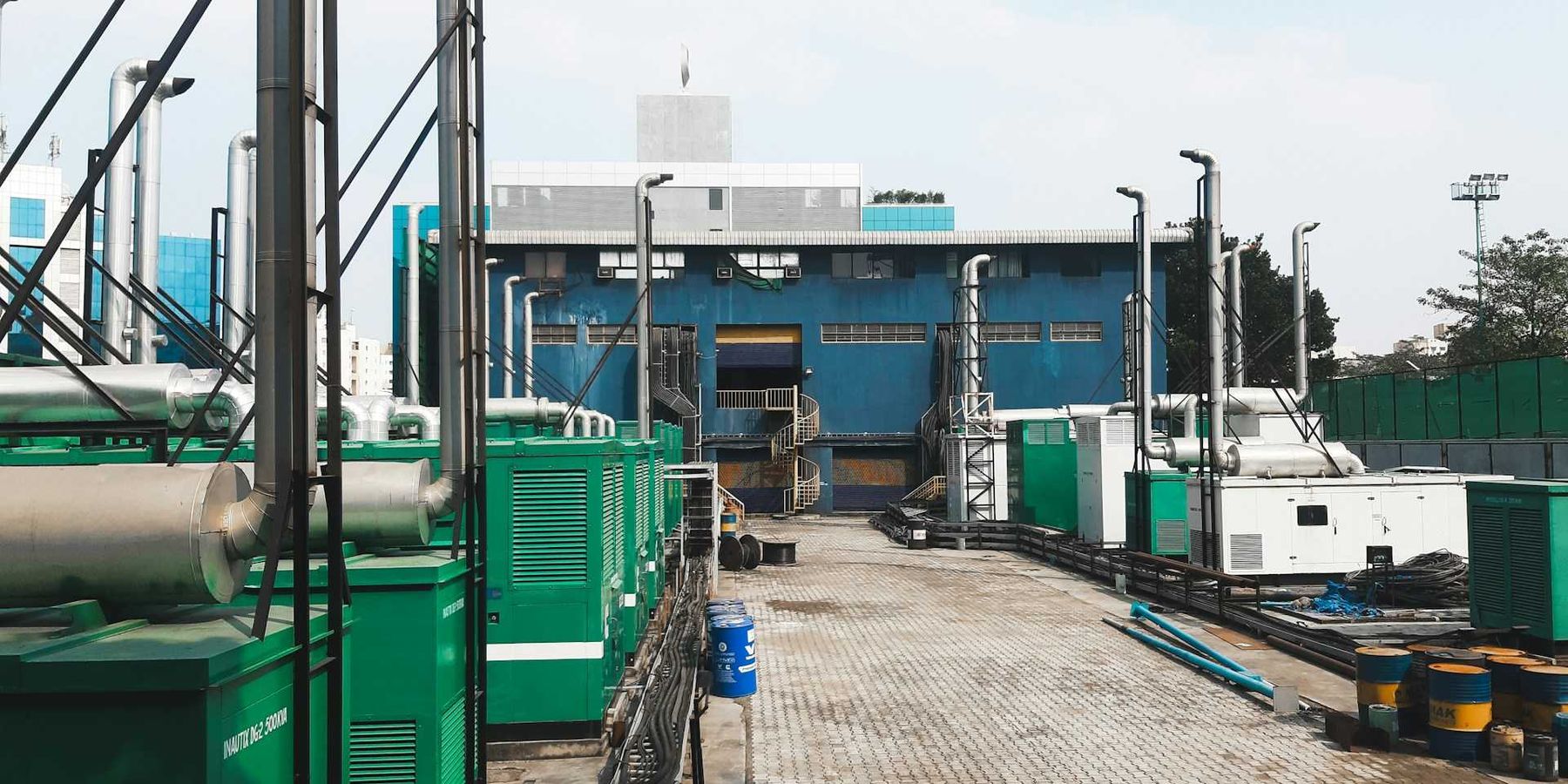
The Ghosts of Earth Day
The spirits of Earth Days Past, Present and Future give us a perspective on environmental politics.
Suppose they gave an Earth Day and nobody came?
Wednesday's 50th Anniversary of Earth Day was an afterthought, a non-event in a world so preoccupied with surviving to 2021 that surviving to 2100 doesn't move the needle.
So let's shoehorn this annual event into a Dickensian model and look at the spirits of Earth Days' Past, Present and Future.
Earth Day's 1970 debut and its 20th Anniversary in 1990 were high marks, as I discussed in this space two weeks ago.
The Ghost of Earth Day Past
The 1990 event followed a string of environmental disasters in the 1980's.
They included the Bhopal, India, chemical disaster in 1984; the nuclear meltdown at Chernobyl two years later; the discovery of the Antarctic ozone hole; the first widely-reported concern about climate change in 1988; medical waste washing up on popular beaches in New Jersey; and the 1989 Exxon Valdez oil spill.
The airwaves were filled with messages of empathy from industry, many of them from some of the most notorious corporate polluters, assuring Mother Earth that they're on her side.
The term "greenwashing," credited to environmentalist Jay Westerveld, caught on as petrochemical companies publicly wrapped themselves in the green flag while quietly continuing to lobby against environmental regulation, and while planting the seeds for a durable cottage industry in climate denial.
Worldwide rallies drew millions and celebrities virtually climbed all over each other in support of a cause whose time has come.
But alas, just like Britney Spears or Justin Bieber, Earth Day peaked at age 20.

Earth Day 1990 at Charles River Esplanade in Boston, Massachusetts. (Credit: Paul-W/flickr)
The Ghost of Earth Day Present
This year, plans for more big crowds on the Day's silver anniversary ran directly into COVID-19.
It was as if Earth Day had entered the Witness Protection Program.
NBC, ABC, CBS and CNN all ran obligatory Earth Day items with an inevitable tie to COVID-19 by including video of bears, coyotes, and other critters moving in on deserted city streets.
All four networks ran the same video of goats wandering through a desolate Welsh town (Special shout-out to NBC, who struck a special blow for East Coast Urban Elite Media Bias by identifying the goats as "sheep.")
A scan of the program schedules for cable and broadcast TV shows for April 22 include a couple of environment-themed offerings on the National Geographic Channel, but that's about it.
The impact statement? Environmental advocacy's highest-profile event was a dud.
There were a few glimmers on the broadcast news front. NBC used the day to announce its special "Climate Team," with the venerable Al Roker promising "even more" climate coverage. A useful perspective on "even more" comes in the form of multiple media content surveys that show the climate crisis pulling less airtime than any Kardashian.
CNN is promoting a one-hour climate special scheduled to run at 10pm ET tonight. "Chief Climate Correspondent" Bill Weir has managed to find airtime even amid the single-minded coverage of the pandemic. Good for him.
The Ghost of Earth Day Future
Let's spitball a little bit about the 100th Anniversary of Earth Day in 2070, when I will be 113 years old.
A mega-event on the National Mall might have another threat by then. Projections by Climate Central suggest that a large part of the Mall could be underwater during severe storms. In a worst case scenario, collapse of land-based ice in Antarctica and Greenland could raise the seas by 12 feet, making the Mall a permanent lagoon.
Cleanup of the nuclear and chemical morass at the Hanford Nuclear Reservation in Washington State, which started in the 1990's, should just about be wrapped up in the best case scenario. A 2019 estimate, however, left the door open for cleanup well into the 22nd Century.
The plastic we've loaded into our oceans should still be there. And then some. Those oceans are 30 percent more acidic than they were at the start of the Industrial Revolution. Should that immense problem ever reverse itself, scientists say it will take a lot more than 50 years.
One major manmade problem that stands a good chance of resolving is the depletion of stratospheric ozone over the poles. A global treaty has limited use of ozone-destroying chemicals. NASA and other agencies expect the ozone layer to repair itself over the next century.
We stand a good chance, I hope, of retaining or even building on the heroic effort to protect wild lands from Yellowstone to the Serengeti. Recently, Marine Protected Areas have offered protection to vast, ecologically valuable ocean areas. Of course, marvels like the Outer Banks or the canals of Venice may not have any protection against rising seas.
Access to water could replace access to oil as a primary cause of conflict between nations. Wind and solar power stand ready to dominate—unless our "clean energy" is replaced by something cleaner.
The last of the hundreds of lifetime Federal judgeships appointed by President Trump should be ready to leave the bench.
Long-held myths may fall by the wayside: From Eastern nations, the absurd notion that powdered rhino horn or shark fin soup are key status symbols; from the West, the cynical manufacture of doubt about science.
By the 100th Earth Day, we can hope that humanity's environmental ethic becomes more central to how we live our lives.
Think of how we've changed over the last 50 years—in 1970, the U.S. still had legal DDT, leaded gasoline, and a functioning commercial whaling station (in Richmond, California).
If nothing else is certain, it's safe to say that it'll be interesting.
I can't wait to be 113 and find out.
Peter Dykstra is our weekend editor and columnist. His views do not necessarily represent those of Environmental Health News, The Daily Climate or publisher, Environmental Health Sciences.
Contact him at pdykstra@ehn.org or on Twitter at @Pdykstra.
Banner photo: Oceanway Middle School students on Earth Day 2010. (Credit: JAXPORT/flickr)













